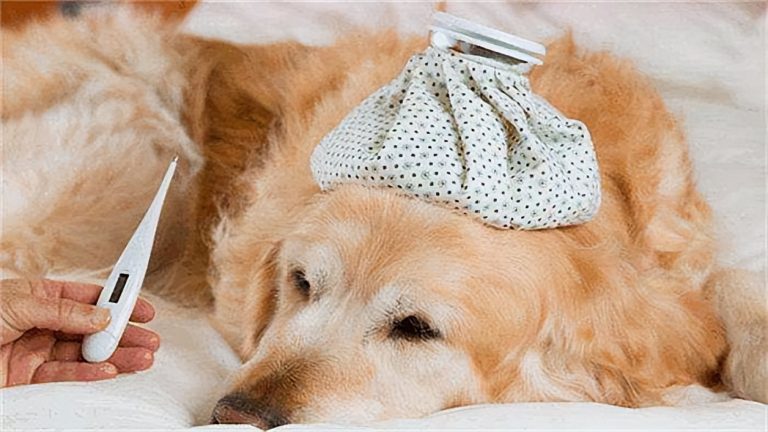How to Choose the Right Diet for Your Pet’s Age and Activity Level
Choosing the right diet for your pet is a critical aspect of ensuring their health and well-being. Pets have different nutritional needs based on their age, size, and activity level. In this article, we’ll provide guidance on how to select the perfect diet that suits your pet’s specific requirements.

1. Consider Age
Puppies and Kittens:
Young pets require diets that support their rapid growth and development. Look for puppy or kitten formulas that are rich in protein and essential nutrients. These diets often come in smaller kibble sizes to accommodate smaller mouths.
Adult Pets:
Adult pets need a well-balanced diet that maintains their ideal weight and overall health. Ensure the food you choose meets the nutritional guidelines for adult pets and provides the appropriate balance of protein, fats, and carbohydrates.
Senior Pets:
Senior pets may require diets tailored to address their changing needs. Look for senior-specific formulas that support joint health, digestive health, and weight management. These diets often contain lower calories and added supplements.
2. Assess Activity Level
Your pet’s activity level plays a significant role in determining their calorie needs. Consider the following:
- Highly Active: If your pet is active and enjoys regular exercise, they may need a diet with higher calorie content to fuel their energy expenditure.
- Moderately Active: Pets with a moderate activity level should be fed diets that maintain their weight without excess calories.
- Low Activity: For sedentary pets or those with weight concerns, choose a diet that supports weight management and provides essential nutrients without excess calories.
3. Look for Quality Ingredients
When selecting pet food, pay attention to the quality of ingredients. Look for diets that list a high-quality source of protein, such as meat or fish, as the primary ingredient. Avoid foods with excessive fillers, artificial additives, or by-products.
4. Consult Your Veterinarian
Your veterinarian is an invaluable resource for dietary recommendations tailored to your pet’s specific needs. They can provide guidance on selecting the right brand and type of food, portion sizes, and any dietary supplements that may be necessary.
5. Transition Gradually
When introducing a new diet, transition gradually to avoid digestive upset. Mix a small amount of the new food with the old food and increase the proportion over several days until the transition is complete.
6. Monitor Your Pet
Once you’ve chosen a diet, monitor your pet’s condition. Look for signs of a healthy coat, energy level, and stable weight. If you notice any changes or concerns, consult your veterinarian for adjustments.
Conclusion
Choosing the right diet for your pet based on their age and activity level is essential for their health and longevity. Remember that each pet is unique, and their nutritional needs may vary. By considering these factors and consulting your veterinarian, you can provide your furry friend with a diet that promotes optimal health and well-being.
Investing in your pet’s nutrition is an investment in their future. A well-balanced diet tailored to their specific needs can help ensure a long, happy, and healthy life for your beloved companion.






